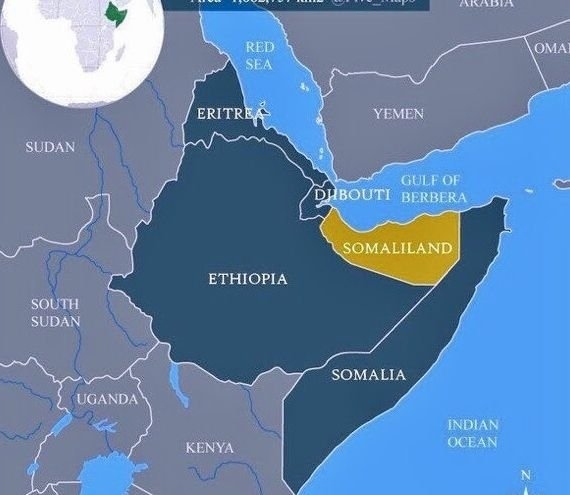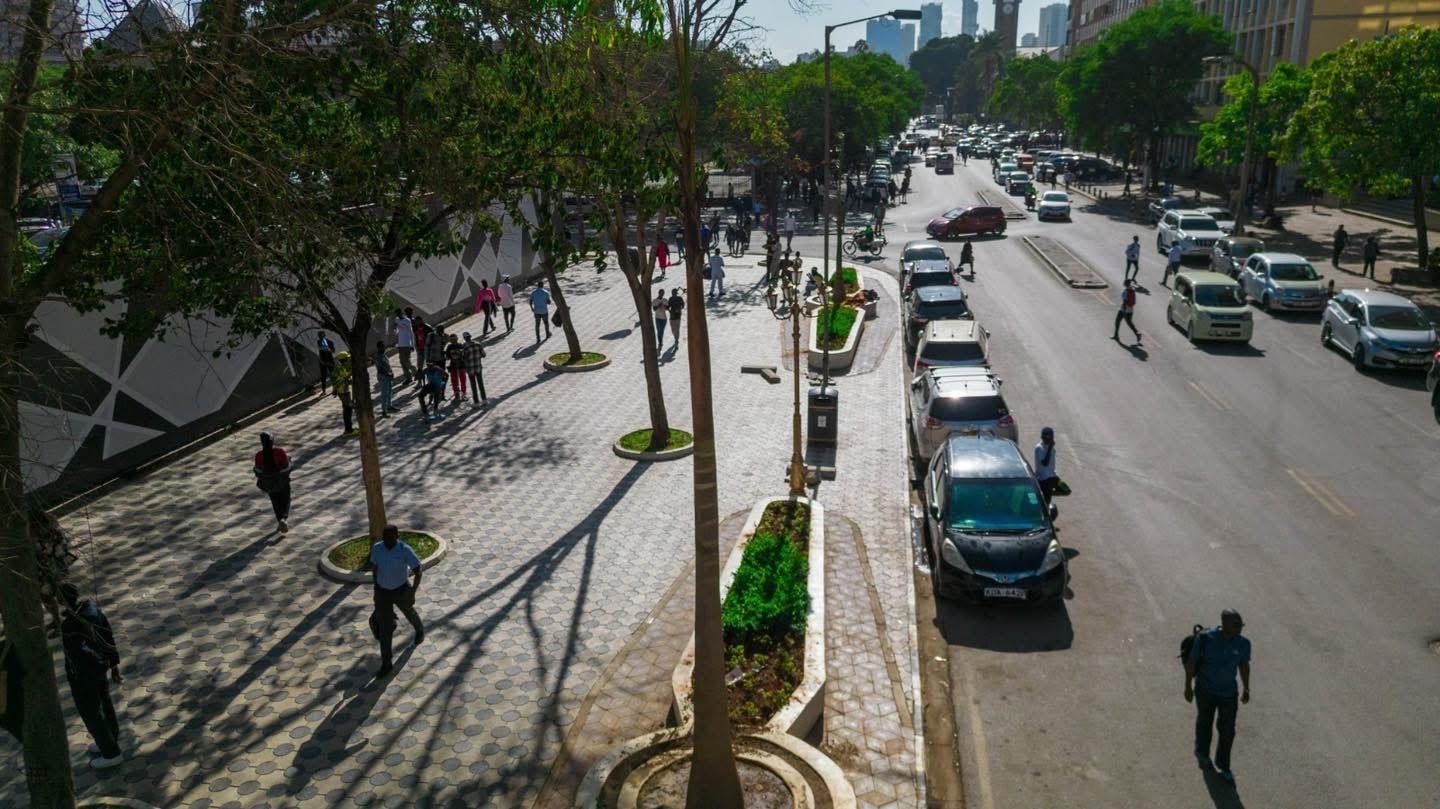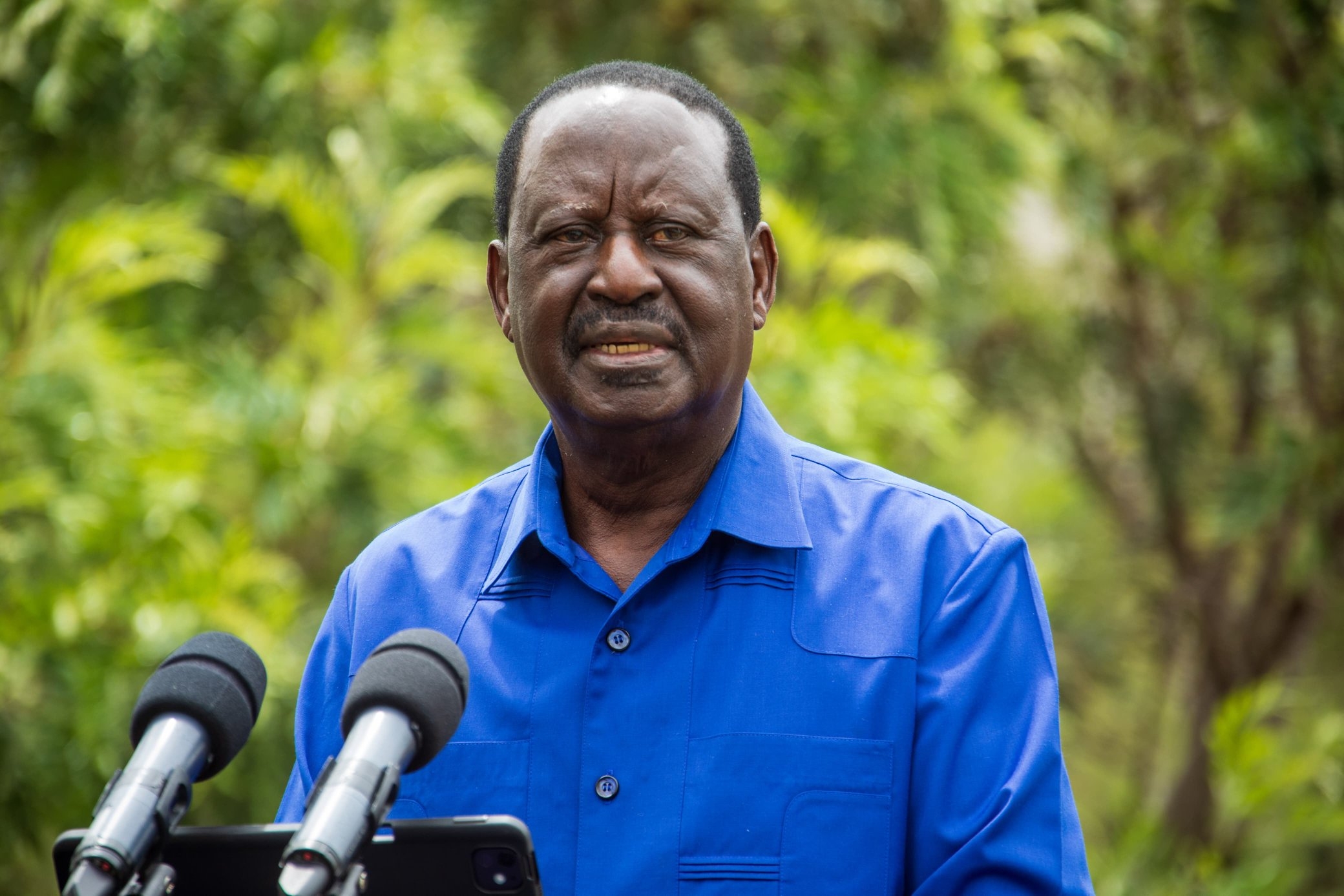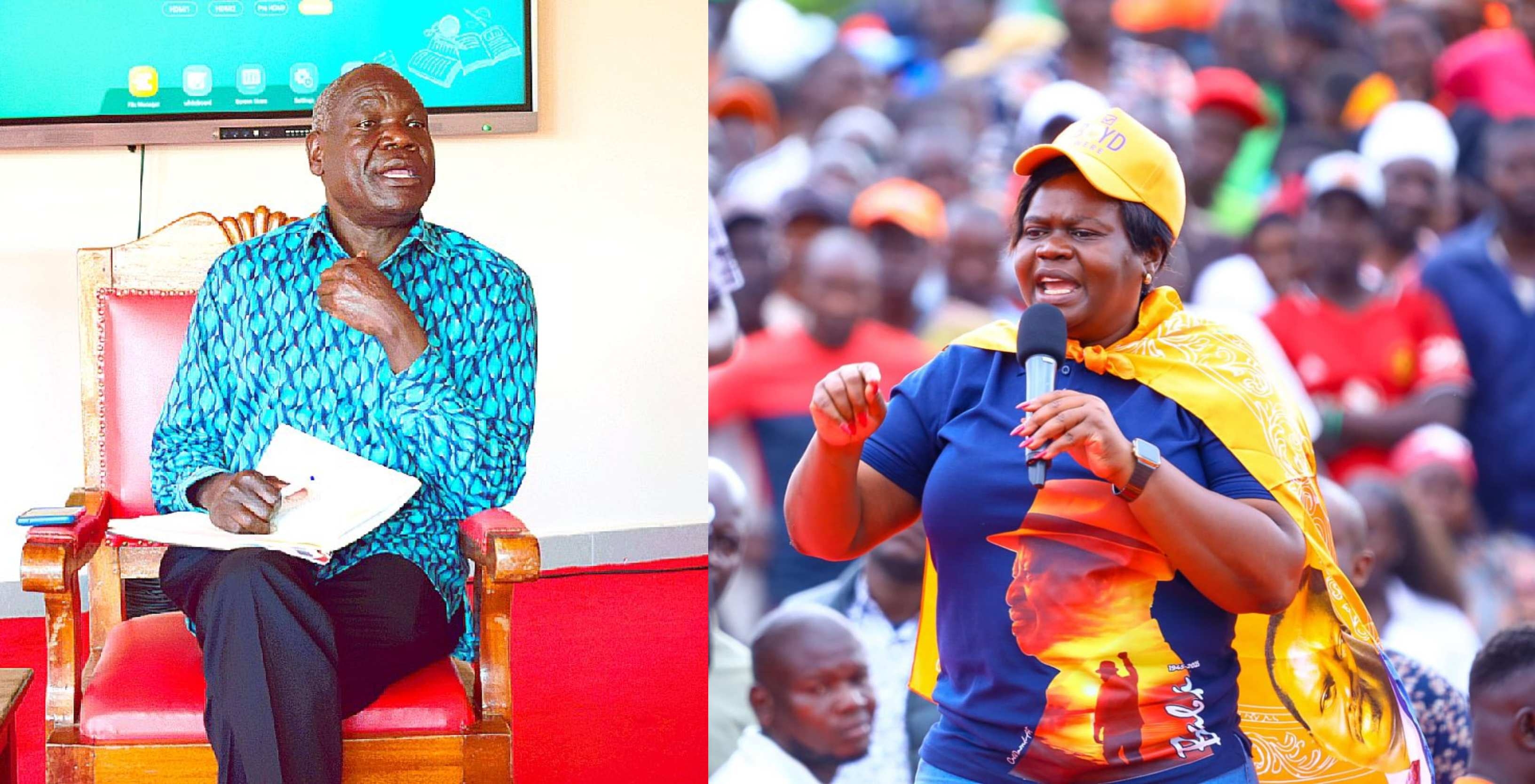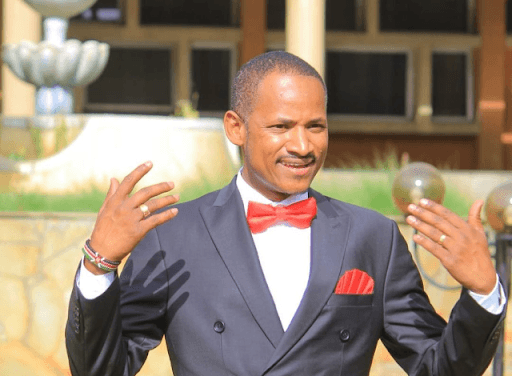

Since the anti-Finance Bill 2024 demos that were christened Gen Z protests, the clique has been active on the ground during demos as well as on online platforms, conducting education, creating awareness and mobilising.
So intense has been the pushback against the government that talk of controlling social media keeps cropping up from different government quotas.Among the activists is Hanifa Adan, a journalist-cum-activist who shot to prominence during the Gen Z demos. Aden was a prominent figure on the streets during the demonstrations.
She then led an online M-Changa fundraiser, raising Sh30 million to cater for treatment, burial and support victims of police brutality.
She also led a campaign for Kenyans to donate blood for victims who needed it in their treatment.
She was also the person behind the “kusalimiana” practice, in which she combined a list of MPs and their contacts and shared it online for Kenyans to call and compel their leaders to reject the Finance Bill.
Hanifa’s activism started online by highlighting a persistent drainage problem in her home area of Korogocho slums, tagging Nairobi Governor Johnson Sakaja and urging him to fix it.
When it caught the governor’s attention and was fixed, she realised how powerful social media was.
“If we managed to fix this problem that has existed for more than 35 years in less than three months, imagine what we can do with other issues,” she told NTV in a past interview.
Wanjira Wanjiru, the co-founder of Mathare Social Justice Centre, is yet another fearless young activist who has been on the frontline in the demonstrations, confronting police officers for arbitrarily arresting and clobbering protesters.
Wanjiru is famously known for her chant “when we lose our fear, they lose their power”, when she fought off attempts to be arrested during the demos.
She herself lost her brother to a rogue police bullet when she was just 12 years old.
Shakira Wafula’s image of her standing her ground facing a police officer with her fist up raising the Kenyan flag went viral at the height of Gen Z demos.
Since then, she has also been a key figure in protests against government excesses.
Nerima Wako, the executive director of Siasa Place, has been another key voice holding the state to account.
Siasa Place is a youth-led, youth-focused civic-tech organisation that is building confidence, skills, competencies and institutional structures necessary for participation of young people in politics, governance and the civic life.
Veteran activist Ndung’u Wainaina says the rise of the new activists has been favoured by the change in the political environment, given it is happening under a new constitutional dispensation and technological advancement.
“The old activism was quite restrictive and draconian due to the laws of the time,” he told the Star on the phone.
“There is also wider access to information, which has brought about political awakening and awareness.”
Wainaina is also the executive director of International Centre for Policy and Conflict.
He said in the old days, mobilisation was essentially “manual”, and that they would spend the night drafting papers.
Now it is different due to digital activism and “technology in democracy”.
“We are seeing them mobilise on different social media platforms and combining that with boots on the ground through protests, which is lethal. And unlike us, where you would point at the leadership and the organisations spearheading the activism, this is not the case,” he said.
“There is an aspect of individualism, which forms a tributary that then forms a big river that is impossible to stop. We are seeing inclusivity and at the same time diversity in mobilisation.”
Human rights defender Ndungi Githuku, who was part of the movement pushing for the release of political prisoners, views the emergence of the new breed as the natural intergeneration succession.
“We, the older activists, are actually working with them, mentoring them with the aim of handing over to them,” he said.
“We have been engaging in intergenerational forums, where we share our experiences and guide them on how to move forward.”
The veteran activist, who has also been engaged in recent demos, said in doing that, the older generation is preparing and equipping the young activists do deal with their own realities.
He, however, acknowledges that the advancement of technology and communication is working perfectly for the young activists.
Unlike the veterans, who used to communicate through phone booths, they can do so easily through mobile phone calls and other communication apps.There are also apps that ensure their safety in organising and mobilising.
“For instance the Zello App. I wasn’t aware of it until last year, and it is an important tool. There is also Signal, whereby people can speak safely as we know we are under full-time surveillance,” Githuku said.
The online activism has faced heavy crackdown from the state, with various active youths being abducted, tortured and even killed, but recent protests showed it is still vibrant.








